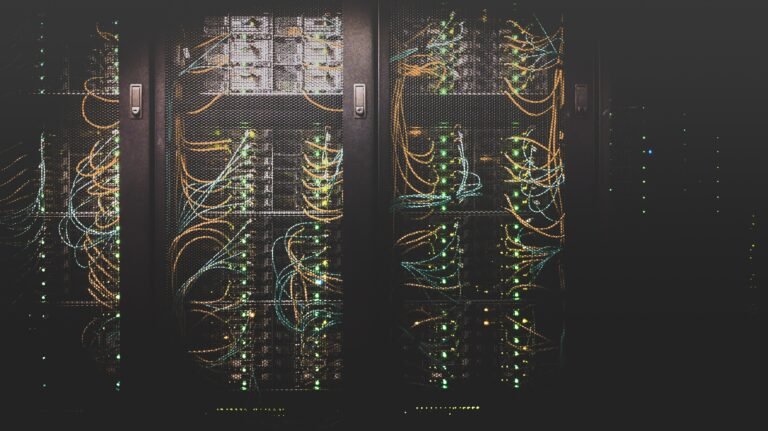Introduction
Docker is an open-source technology that automates the deployment of applications inside software containers. Containers isolate an application from its surrounding environment, making it more portable and predictable. This article provides a brief introduction to Docker, including key concepts like containerization, images and registries.
What Is Docker?
Docker is a tool that allows developers to create, deploy and run applications in an isolated environment called a container. Docker is open source software that provides a way to easily create, deploy and run your code in containers. Containers isolate code from each other so it’s easy to test new features on your development machine with minimal effort.
What is a Container?
A container is a standardized unit of software that contains everything the software needs to run: code, runtime, system tools, system libraries, etc. By packaging an application into a container, you can easily move it from one environment to another because everything that’s needed for your application to run is bundled up inside.
A container image is a lightweight, standalone, executable package of software that includes everything needed to run it: code, runtime, system tools and libraries.
Containers are therefore highly portable and can run on any Linux machine without having to install the dependencies or other software on that machine. This means it is easy to move containers from one environment to another with minimal changes and no need for compatibility testing.
Steffi’s Blog
Containers are lightweight and have a small footprint. This means they don’t take up much disk space or memory on your machine and can be started quickly. They are isolated from each other through a virtual environment which makes them safe for use in production environments where multiple containers may be running at once (e.g., one container per table).
Containers are isolated from each other through a virtual environment and your applications can run anywhere whether it’s on premises or in the cloud. Containers can be used for development and testing, but they also have benefits for production environments too.
Virtual Machines are an emulation of physical hardware. Inside a virtual machine you install an OS and then have to install your apps in the OS.
Virtual machines are a way to emulate physical hardware. They can run an entire OS within them.
There are many different types of virtual machines, but they all operate on the same principle: they have their own operating system and need to be installed in order for you to use them.
In contrast to containers, Virtual machines include the application, the necessary binaries and libraries and an entire guest OS – all of which may be tens of GBs in size.
- Containers are much smaller in size than virtual machines. They include only the application, the necessary binaries and libraries.
- Containers are much faster to start up and run. No boot time is required, you can start your container within a few seconds!
- Containers are more secure than virtual machines because they use namespaces to isolate applications from each other and don’t allow them to share resources such as memory or disk space. This makes it impossible for one running process in a container to crash the whole system (or even another container). In contrast, when a virtual machine crashes then all of its instances have to be shut down manually before they can be restarted again which takes longer than just starting them up again like containers do. You also have to reboot your guest operating system when installing new software or updating drivers etc., however this never happens with Docker containers since everything runs inside them without affecting anything outside those isolated environments – making them far more efficient where uptime is concerned (i.e., fewer reboots needed).
What is a Docker Engine?
Docker Engine is the core of the Docker platform. It takes a set of instructions, known as a Dockerfile, and uses them to create an image from which you can run applications in containers. The instructions tell Docker Engine what base operating system to use for your images, how much disk space (or RAM) to allocate for each container, the packages that should be installed in the image, any command-line flags you want passed into your container when it starts up and more.
When you run a docker command like docker build or docker run , they actually call out to Docker Engine via its API endpoint on localhost:2375 . These commands instruct Docker Engine what actions should be taken—such as pulling down an image from a repository or running an interactive shell inside a container—and return status messages when they’ve finished executing those tasks.
The Docker Hub is the official registry and can be used by anyone to store, share and download images. You can also create private registries for your own use. Private registries allow you to share images with other people—your team or customers—and have more control over where they are stored.
Docker allows software developers to easily deploy applications into production by packaging together all the things that an application needs to run in one easy-to-use image format.
Docker uses a single standard Dockerfile to build and distribute any application or service in a consistent and reliable way, no matter where it runs.
Conclusion
In the next post, we’ll take a look at how you can use Docker and some of its features.

























